Pankraz Piktograph is a reinterpretation of the classic photo booth, only this one uses automated robotics to translate photographs into portrait sketches.
Photo booths are just as good as cake at parties. Everyone loves a photo strip souvenir they can take home with them and laugh at in the morning or keep for years to follow. Taking inspiration from ancient photo booths like Maillardet’s automaton from the 1800s that didn’t use flash to capture smiles and funny faces, but robotics to perform automatic sketches of people standing before the machine. Felix Fisgus, a design studio, in collaboration with Joris Wegner, multimedia artist, and product designer, designed their very own robotic automated sketch booth called Pankraz Piktograph, a self-contained portrait-drawing robot.
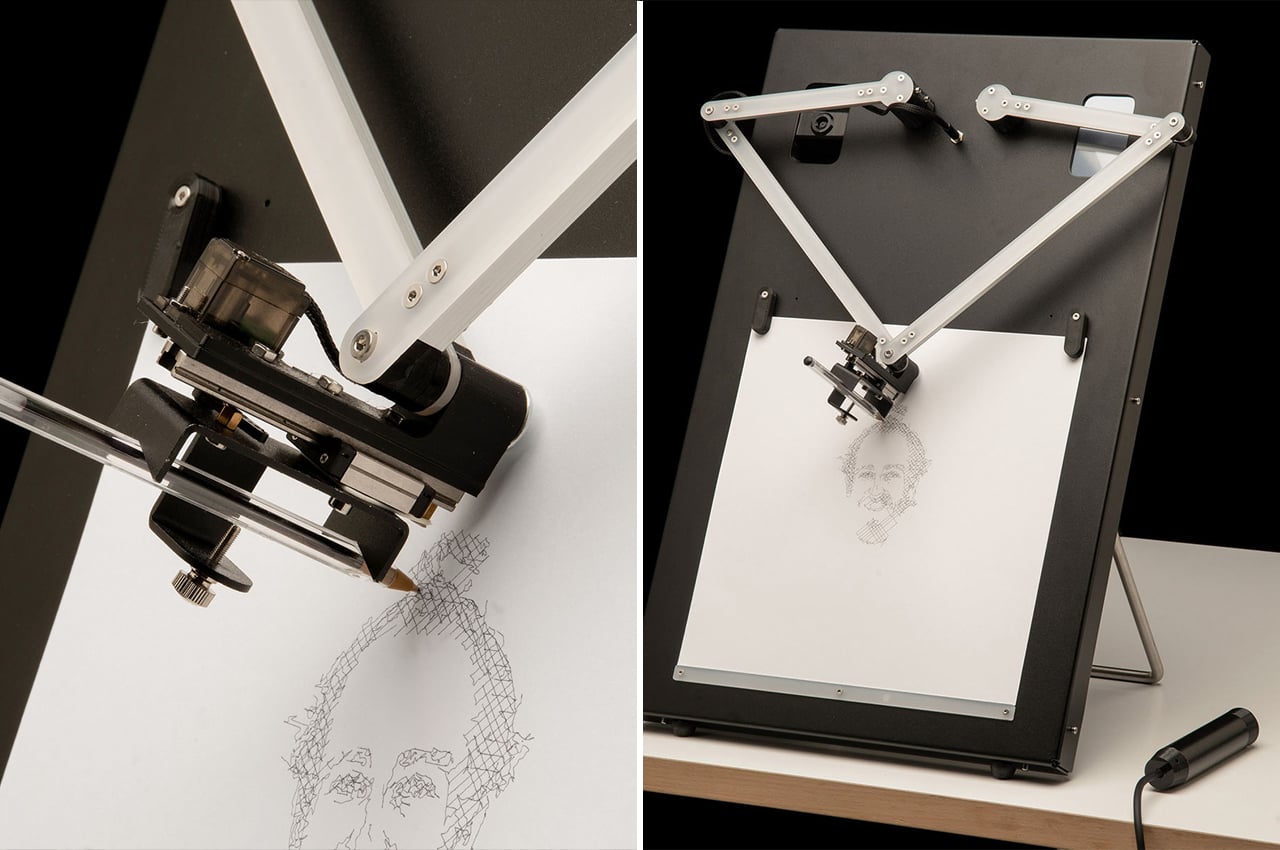
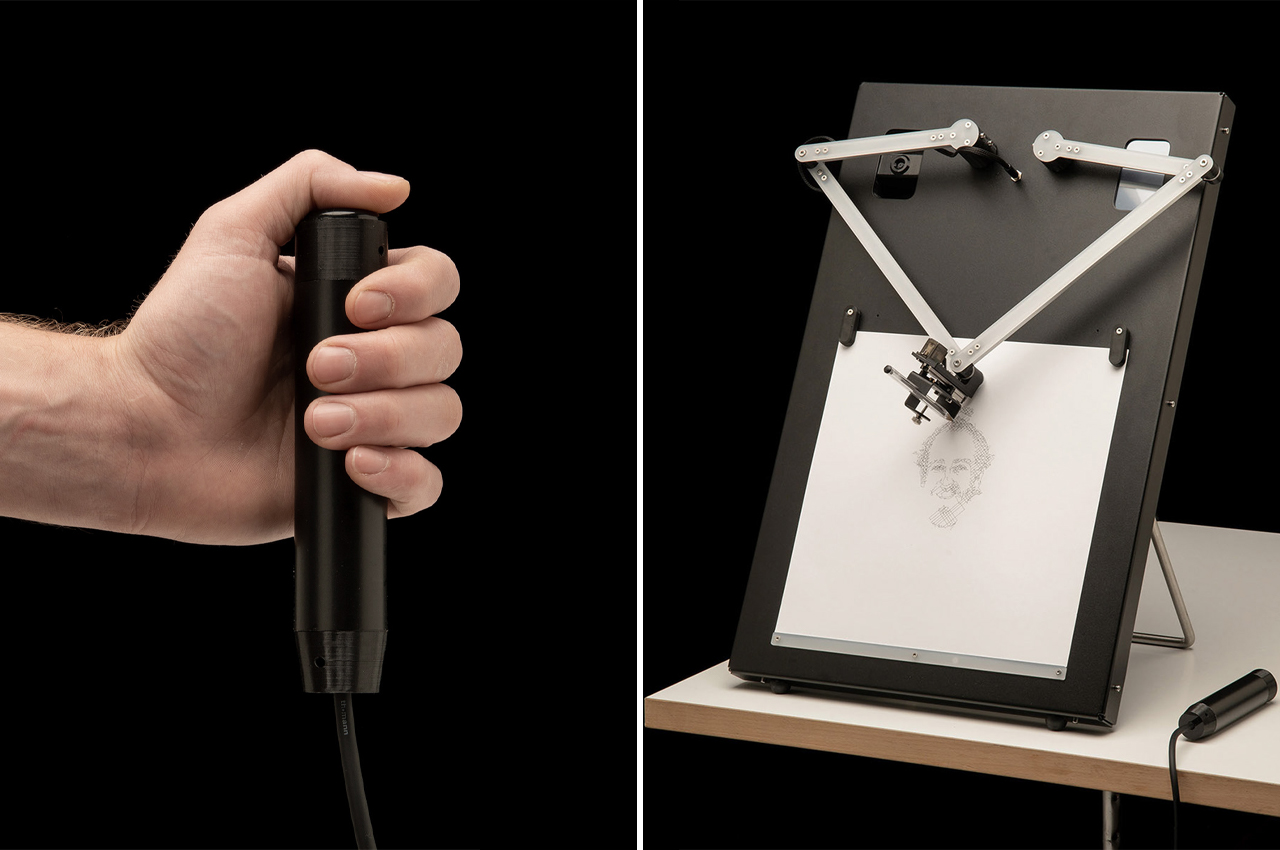
Turning the act of getting your very own portrait into the event itself, Wegner created their Pankraz Piktograph to draw portraits of bystanders at events like science exhibits, trade fairs, and museums for them to bring home. With the press of a button on a handheld remote, the Pankraz Piktograph snaps photographic portraits of its users to then transform into a delicate pencil sketch.
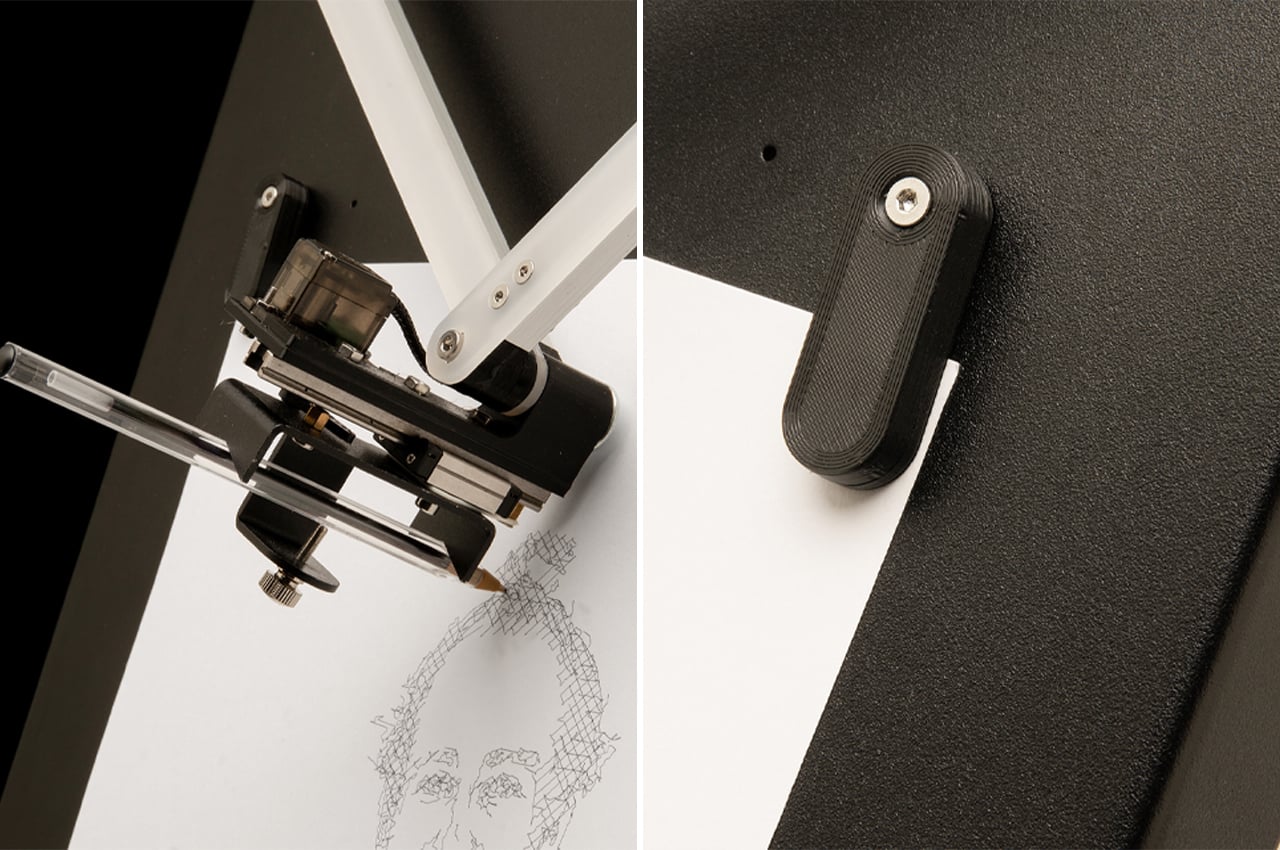
Once the photograph has been taken, it’s translated into a vector representation, which can then be drawn by the automated robot styluses. Equipping the Pankraz Piktograph with the technical makeup to master various drawing styles, users can choose to have their photograph drawn from fast minimalist styles to more intricate, or abstract renderings.
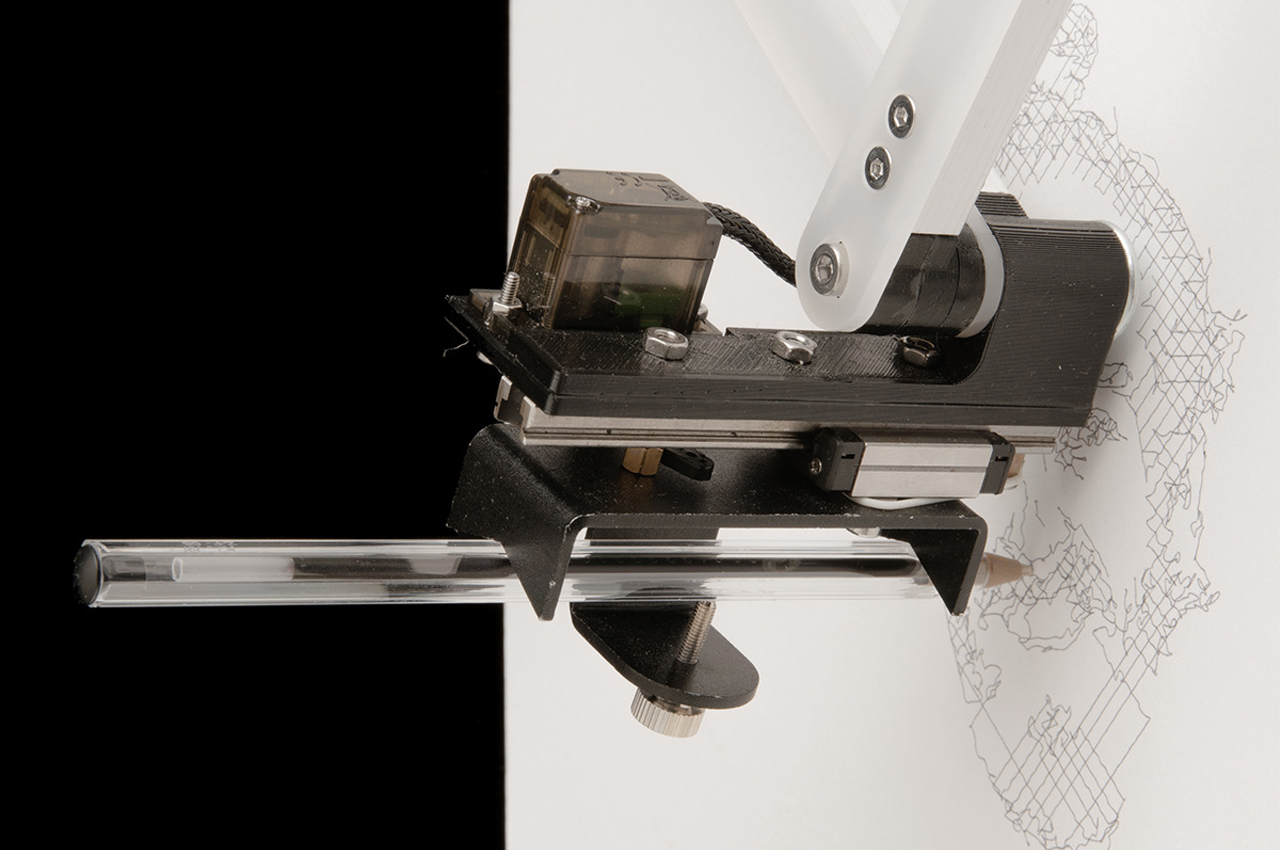
Running the whole show, the Pankraz Piktograph contains a Raspberry Pi 3 that takes charge of drawing on the 3.5” display canvas. The machine’s integrated technology generates vector-based graphics from photographs and increases its contrast to capture the essence and edges of each photograph, leaving out the softer details to prioritize the image’s harsher lines.
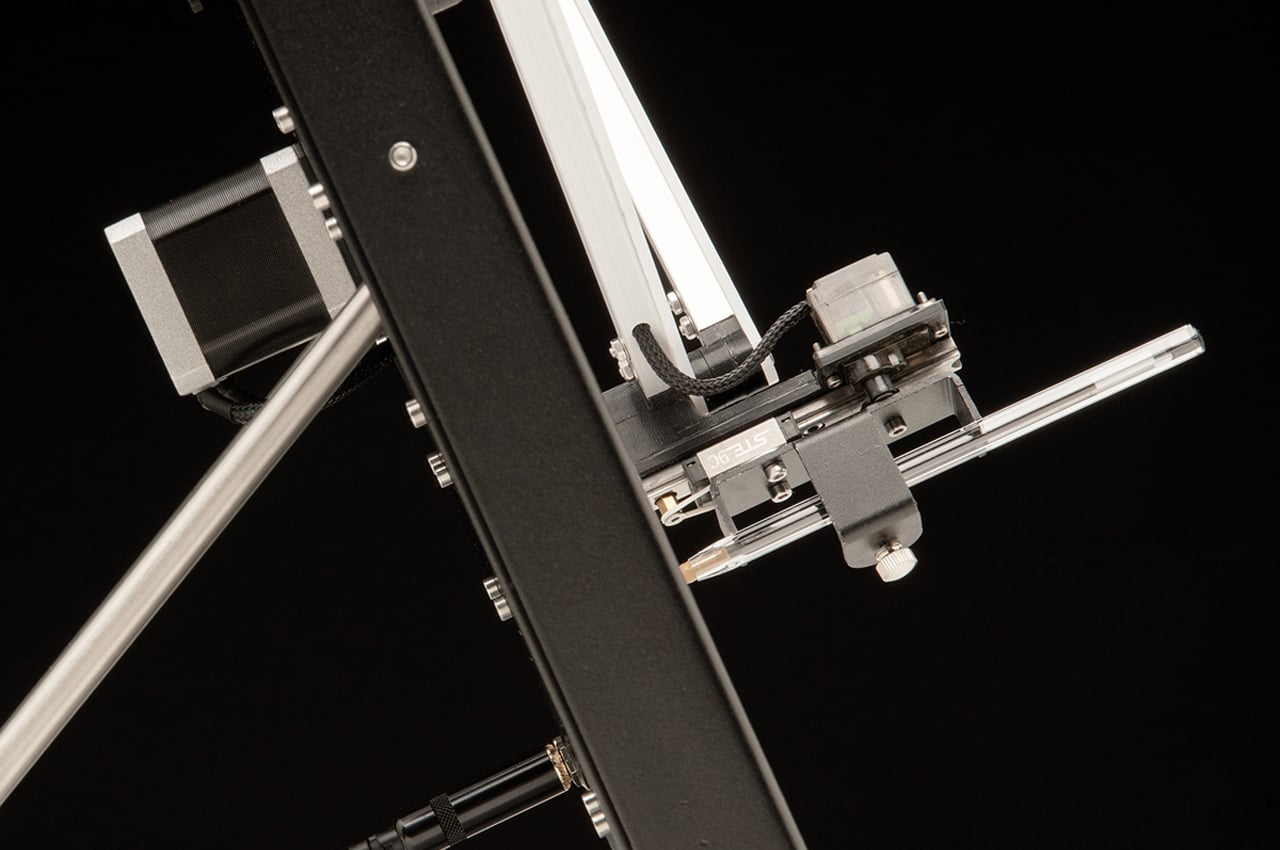
Describing the robot’s motion technology, Wegner states, “Each arm is moved by a stepper motor via a one-to-five pulley transmission. This helps to increase the torque as well as the resolution of the movements. We decided to go for an open control loop, thus light barrier sensors at each shoulder joint are used for calibration and determining absolute positions of the arms.”
With such accurate movements, the Pankraz Piktograph is constructed to capture even the finer details of each photograph’s distinct features – from moles to dimples. Attached to each moving arm, the spring-loaded pens are set into motion with a servo motor to make enough contact with the paper, but to keep the pen swift enough to capture slight irregularities in each photograph.
Designer: Felix Fisgus
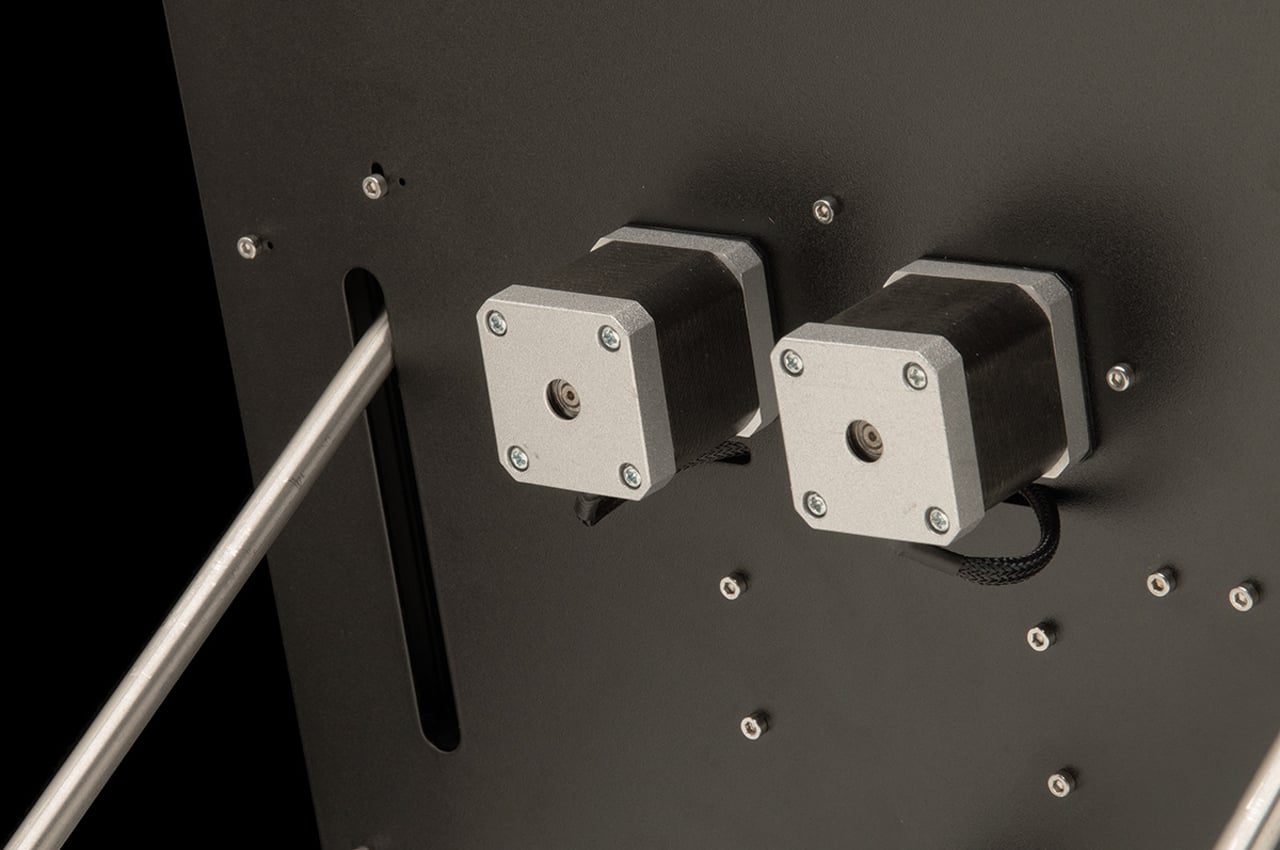
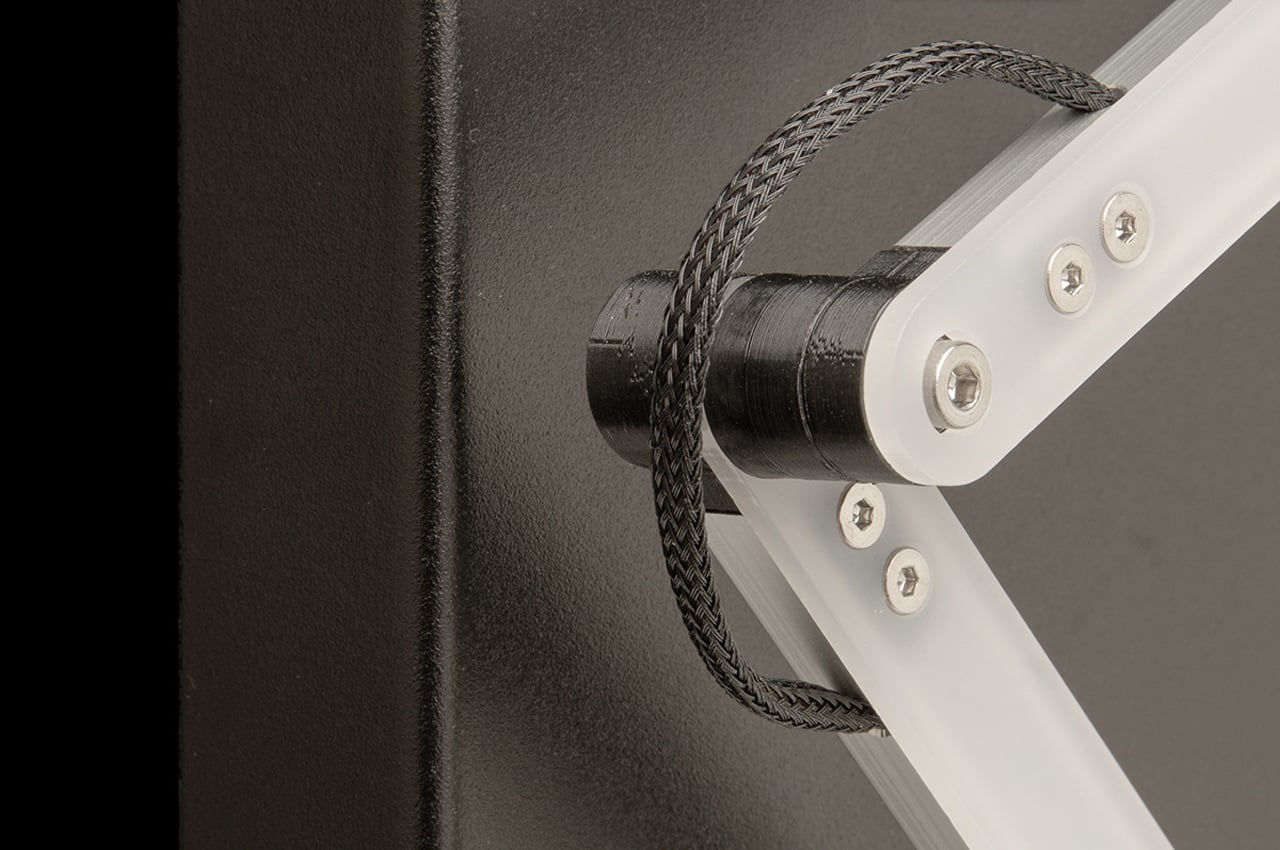
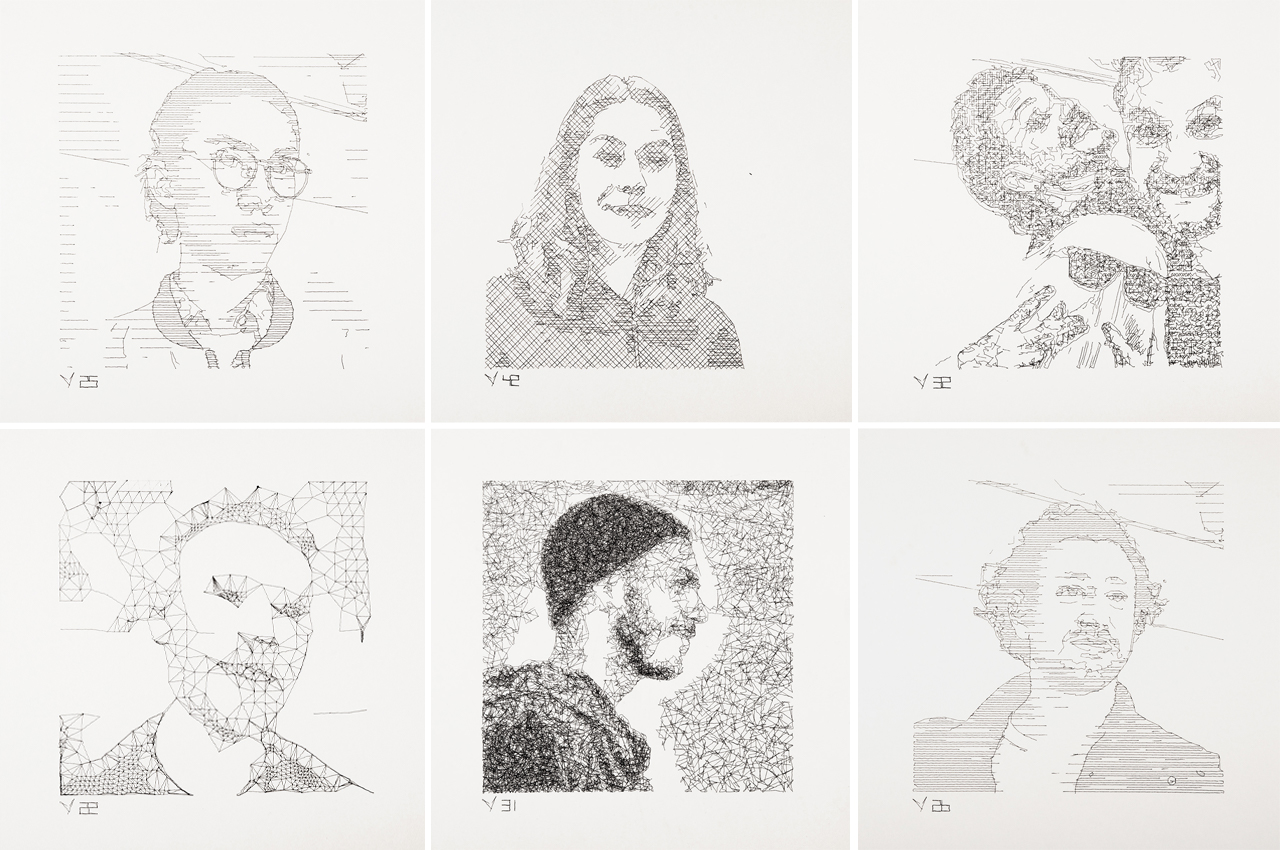
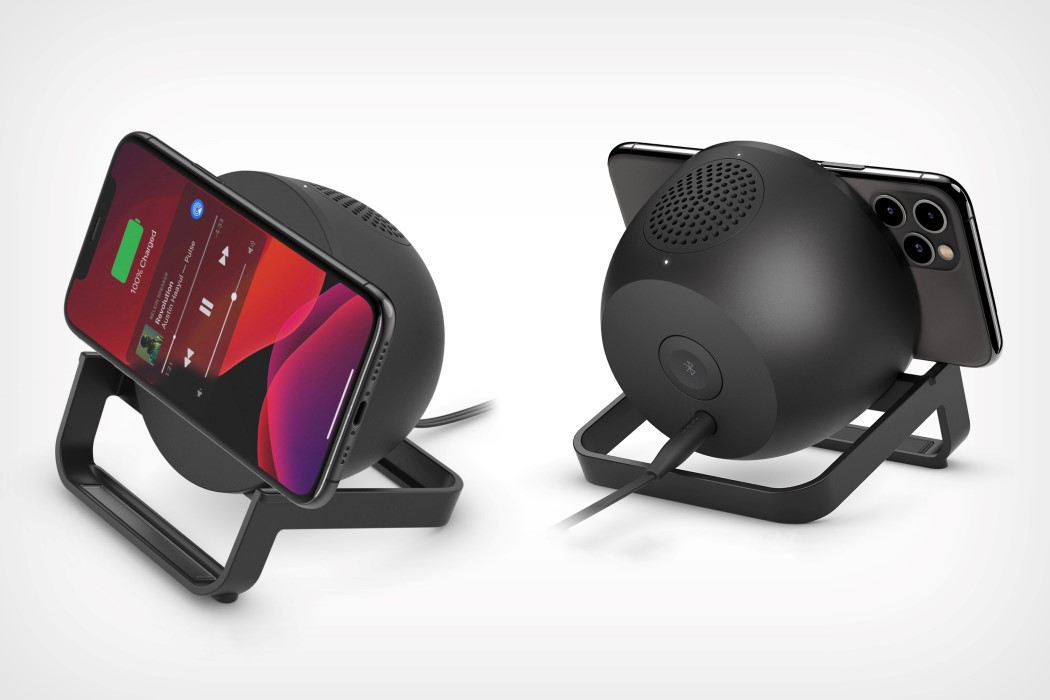
 Wireless Charging Stand + Speaker turns that smartphone into a makeshift multimedia device that you can comfortably watch Netflix on… without having to reach for the charging cable or your AirPods. The wireless charger lets you easily dock your phone in place, while its upward-firing Bluetooth speaker and built-in microphone take care of the audio end of things, making it perfect for anything from video calls to binge sessions, and from watching that recipe tutorial on YouTube to following dance or workout videos online. Modeled on Belkin’s BOOST↑UP wireless charging stand, the BOOST↑CHARGE lets you dock your phone in both landscape as well as portrait. Providing 10W of power, the stand fits phones of all makes and sizes and the fact that there’s now a built-in speaker on the back just makes things so much better! (The BOOST↑UP notably didn’t have any speaker)
Wireless Charging Stand + Speaker turns that smartphone into a makeshift multimedia device that you can comfortably watch Netflix on… without having to reach for the charging cable or your AirPods. The wireless charger lets you easily dock your phone in place, while its upward-firing Bluetooth speaker and built-in microphone take care of the audio end of things, making it perfect for anything from video calls to binge sessions, and from watching that recipe tutorial on YouTube to following dance or workout videos online. Modeled on Belkin’s BOOST↑UP wireless charging stand, the BOOST↑CHARGE lets you dock your phone in both landscape as well as portrait. Providing 10W of power, the stand fits phones of all makes and sizes and the fact that there’s now a built-in speaker on the back just makes things so much better! (The BOOST↑UP notably didn’t have any speaker)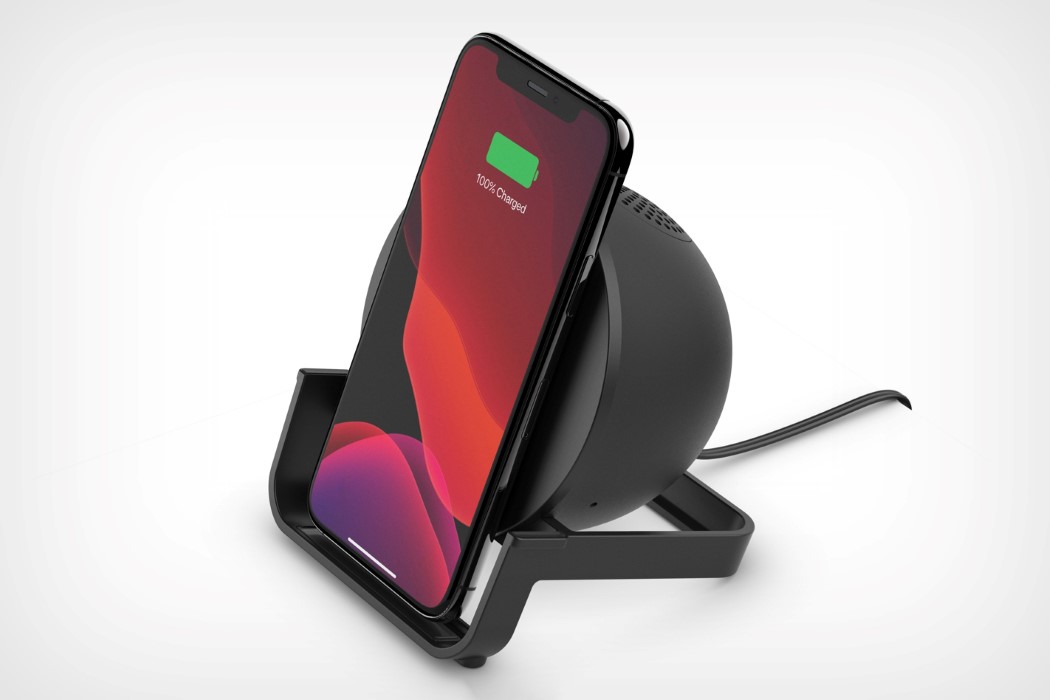
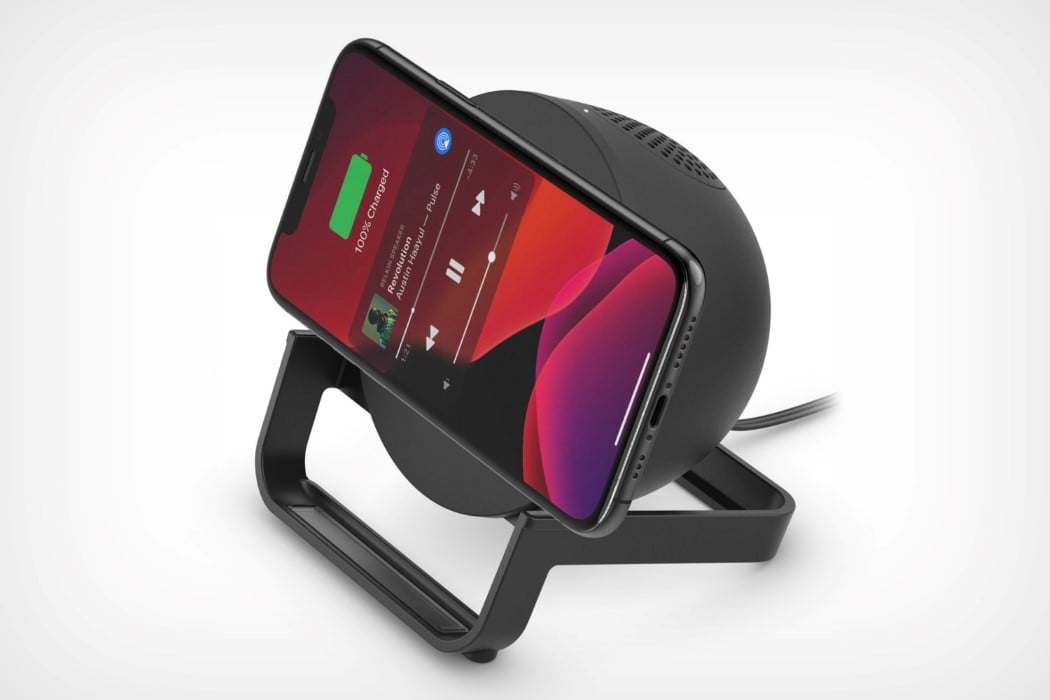
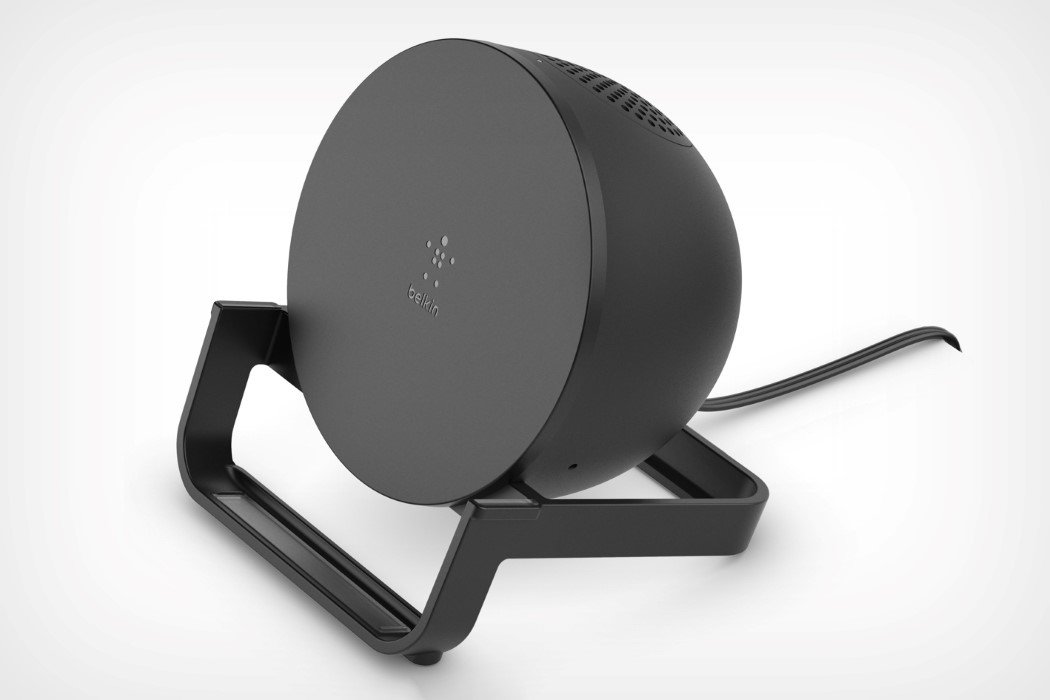
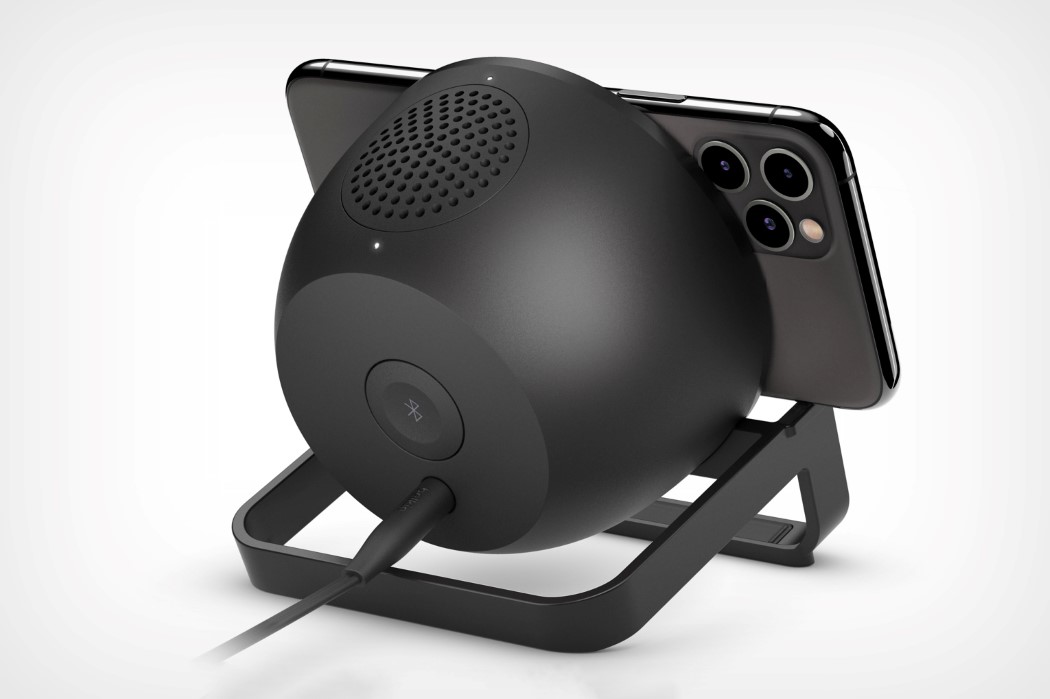
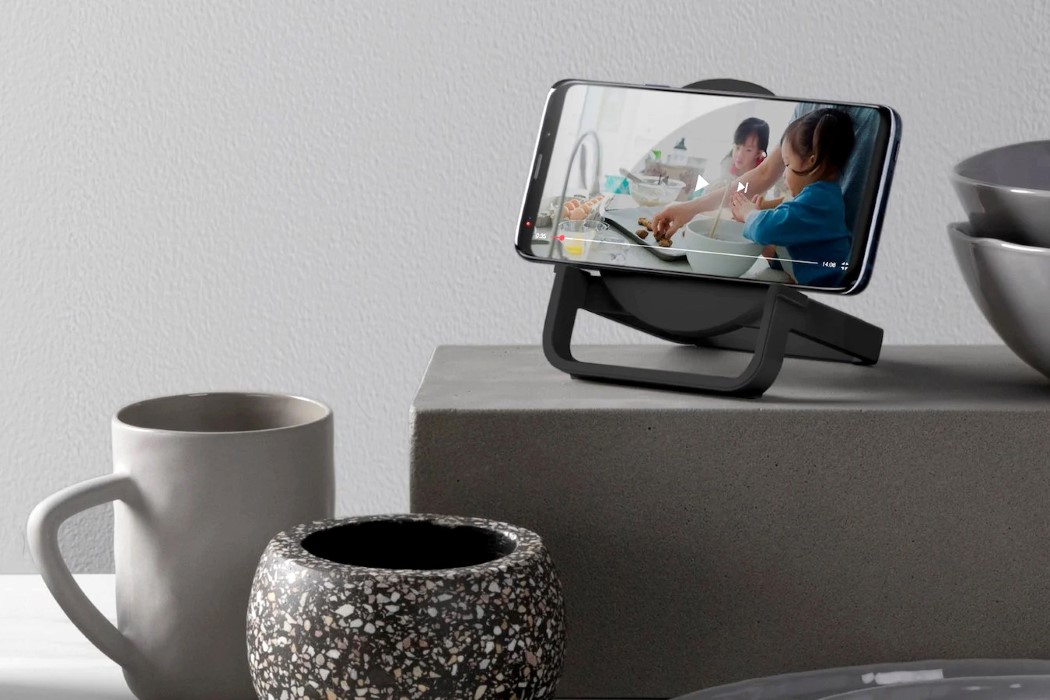
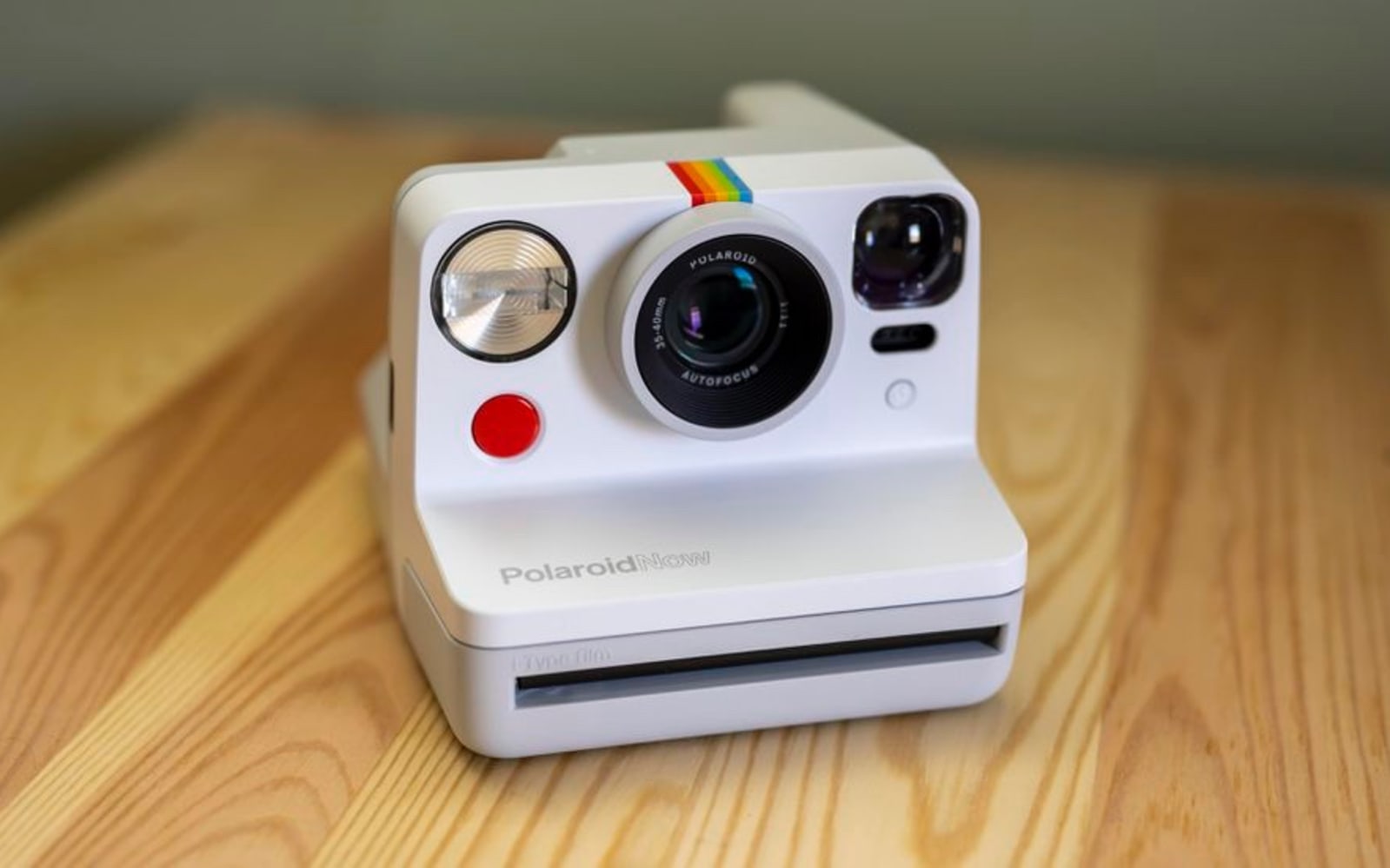 More than a year after Polaroid Originals gave us the OneStep+, it's ready to share another old-school, analogy camera: the Polaroid Now. This time around, Polaroid Originals has traded the dual lenses for a new autofocus lens, and it has stripped aw...
More than a year after Polaroid Originals gave us the OneStep+, it's ready to share another old-school, analogy camera: the Polaroid Now. This time around, Polaroid Originals has traded the dual lenses for a new autofocus lens, and it has stripped aw...
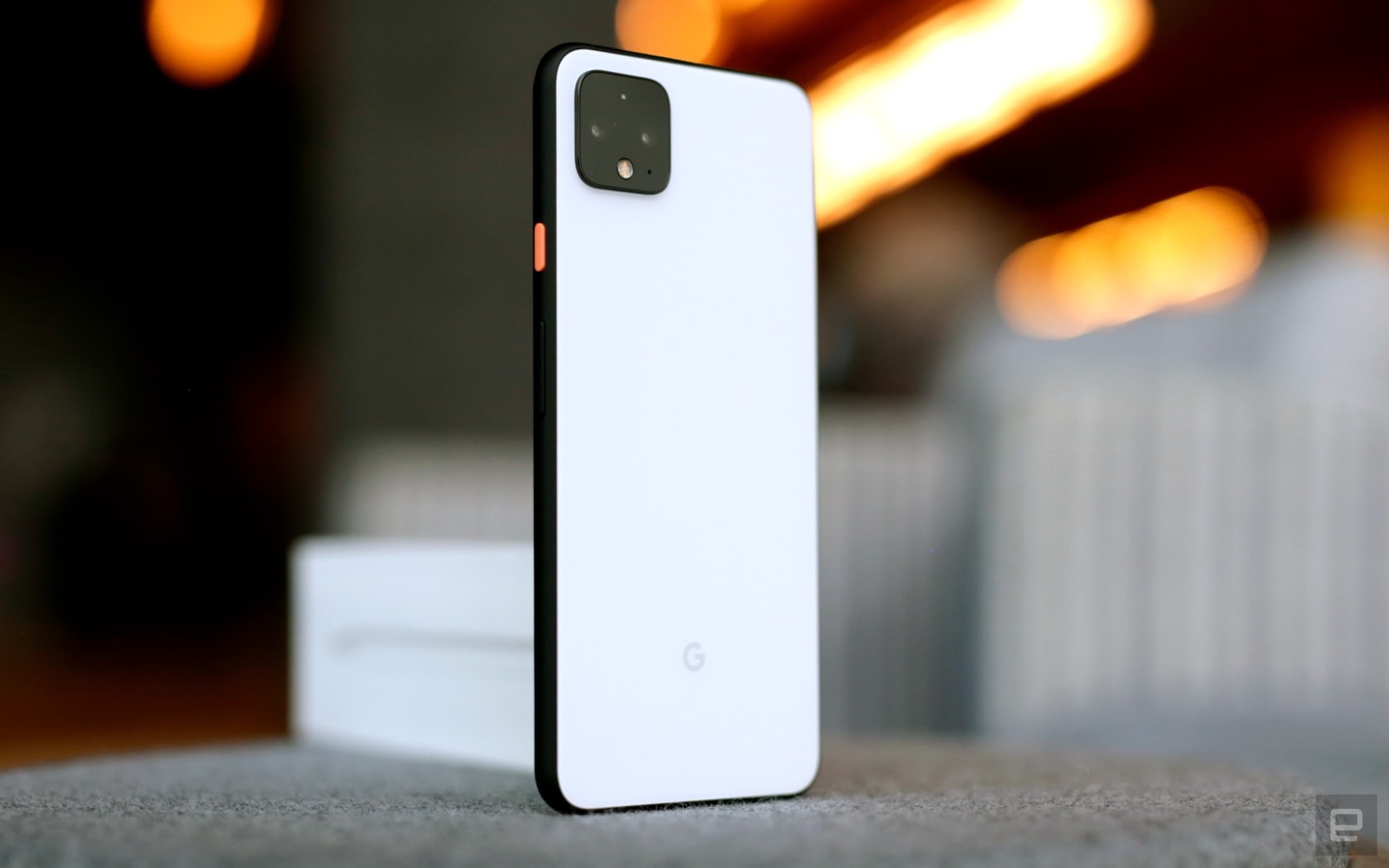 To keep its phones from steadily getting worse over time, Google plans to roll out bigger updates, called feature drops, to its Pixel devices. The first feature drop, rolling out this month, will bring the latest Call Screen features and improved Duo...
To keep its phones from steadily getting worse over time, Google plans to roll out bigger updates, called feature drops, to its Pixel devices. The first feature drop, rolling out this month, will bring the latest Call Screen features and improved Duo...
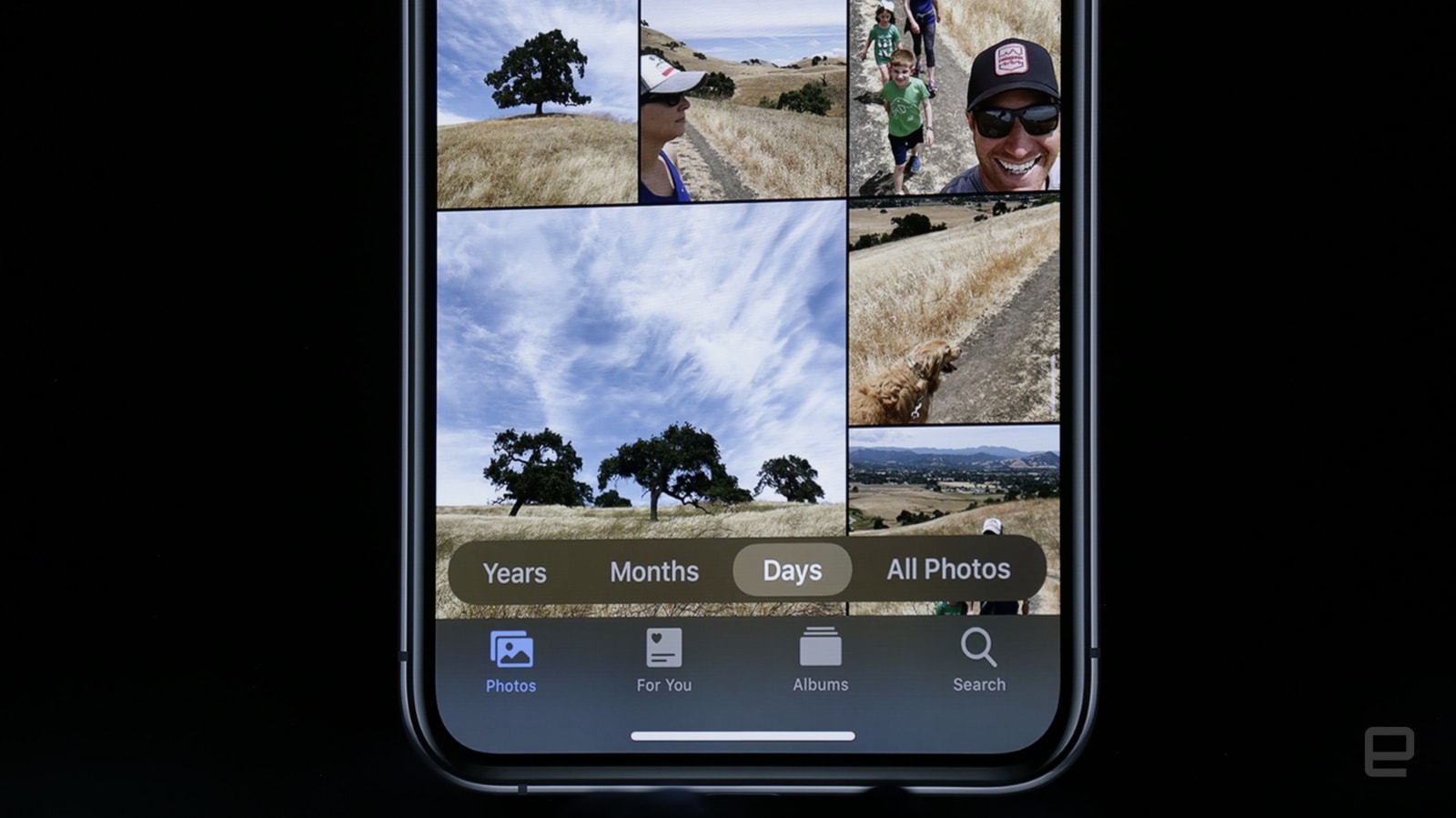 Aside from the introduction of that system-wide dark mode in iOS 13, Apple is also making it easier to browse, view and edit your photos and videos. At WWDC 2019, the company showed off a new version of its Photos app that's designed to "remove dupli...
Aside from the introduction of that system-wide dark mode in iOS 13, Apple is also making it easier to browse, view and edit your photos and videos. At WWDC 2019, the company showed off a new version of its Photos app that's designed to "remove dupli...
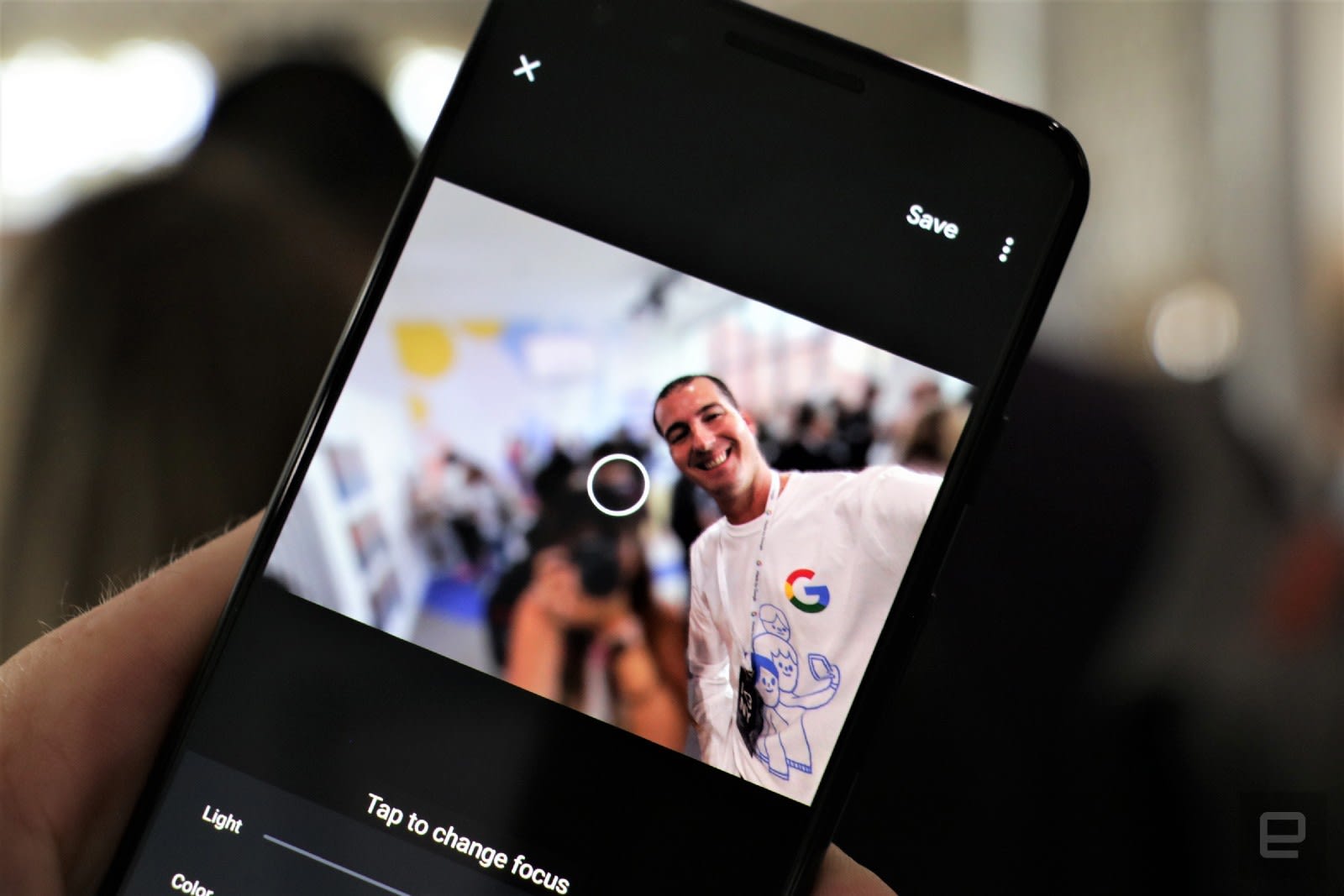 Google's Pixel 3 takes portrait photos that are more accurate than its predecessor could take when new, which is no mean feat when you realize that the upgrade comes solely through software. But just what is Google doing, exactly? The company is ha...
Google's Pixel 3 takes portrait photos that are more accurate than its predecessor could take when new, which is no mean feat when you realize that the upgrade comes solely through software. But just what is Google doing, exactly? The company is ha...
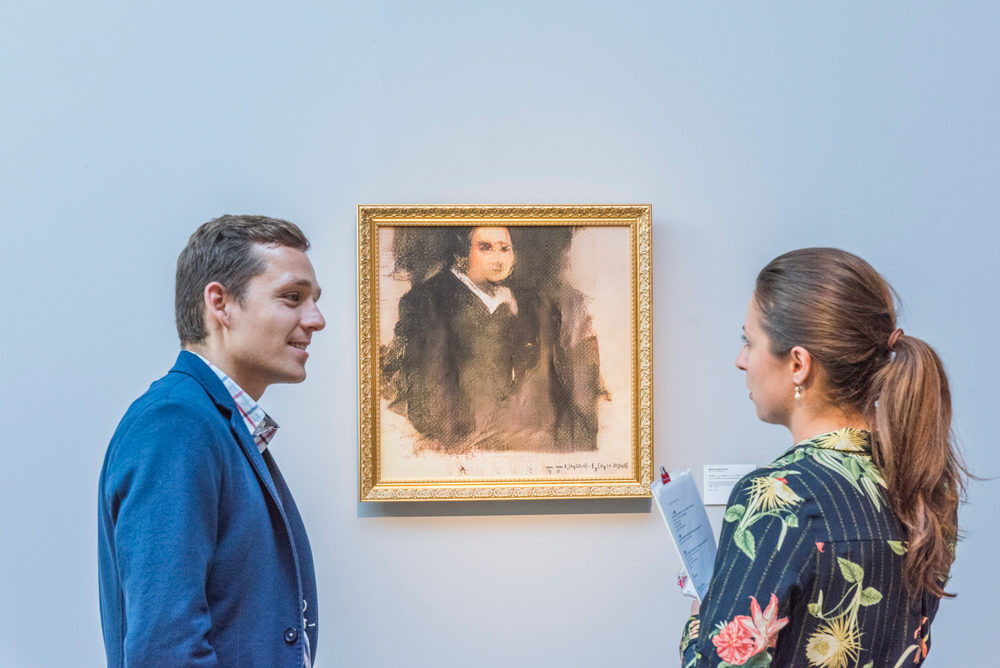 In October, Christie's Prints and Multiples art auction will include a portrait of a man named Edmond De Belamy, one of 11 portraits of the Belamy family. The man is depicted in a dark coat with a white collar, his facial features indistinct. Blank a...
In October, Christie's Prints and Multiples art auction will include a portrait of a man named Edmond De Belamy, one of 11 portraits of the Belamy family. The man is depicted in a dark coat with a white collar, his facial features indistinct. Blank a...
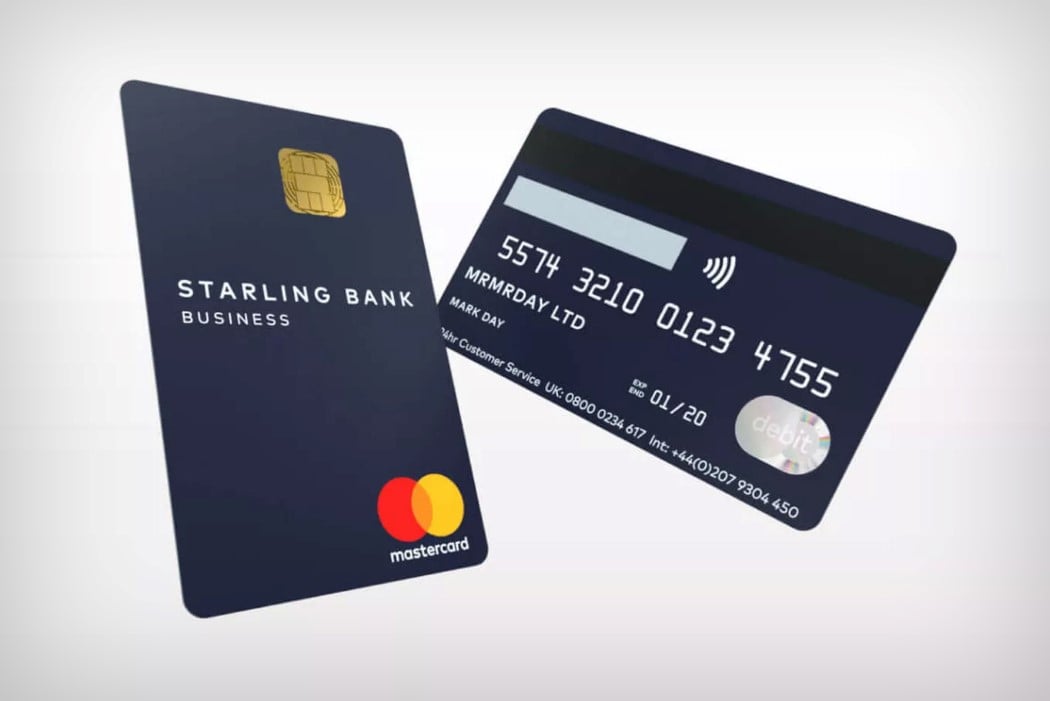
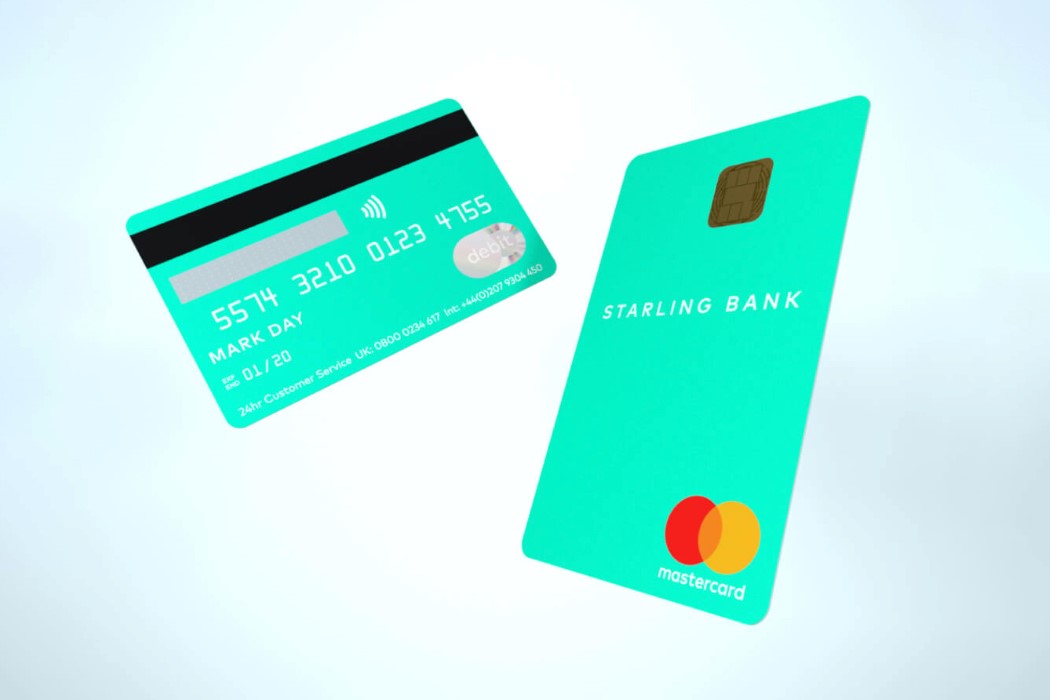
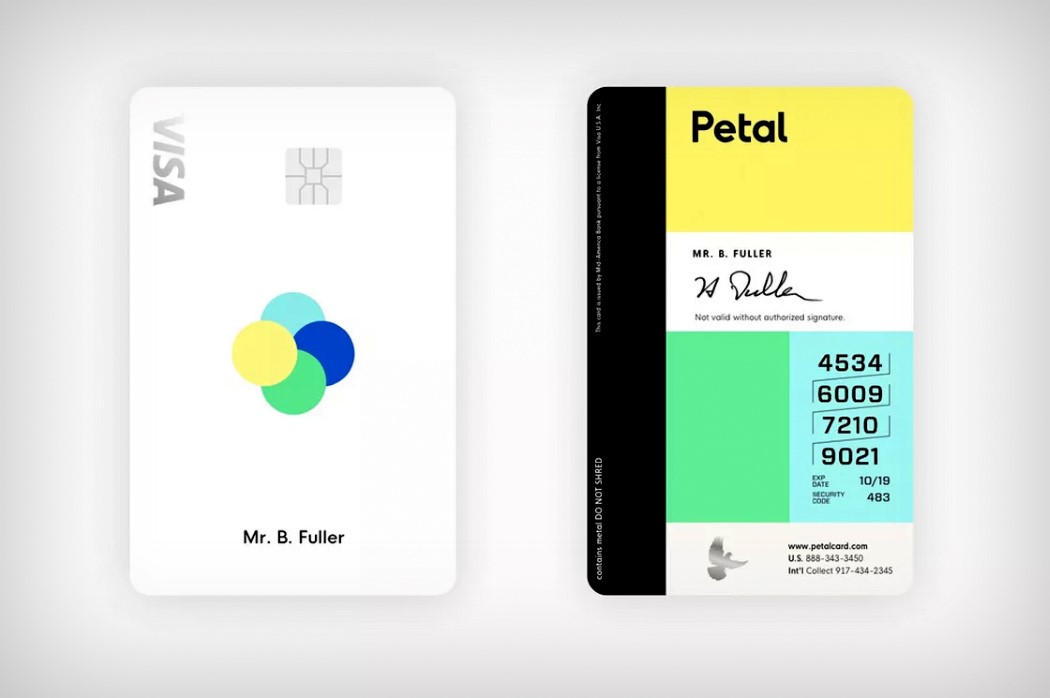
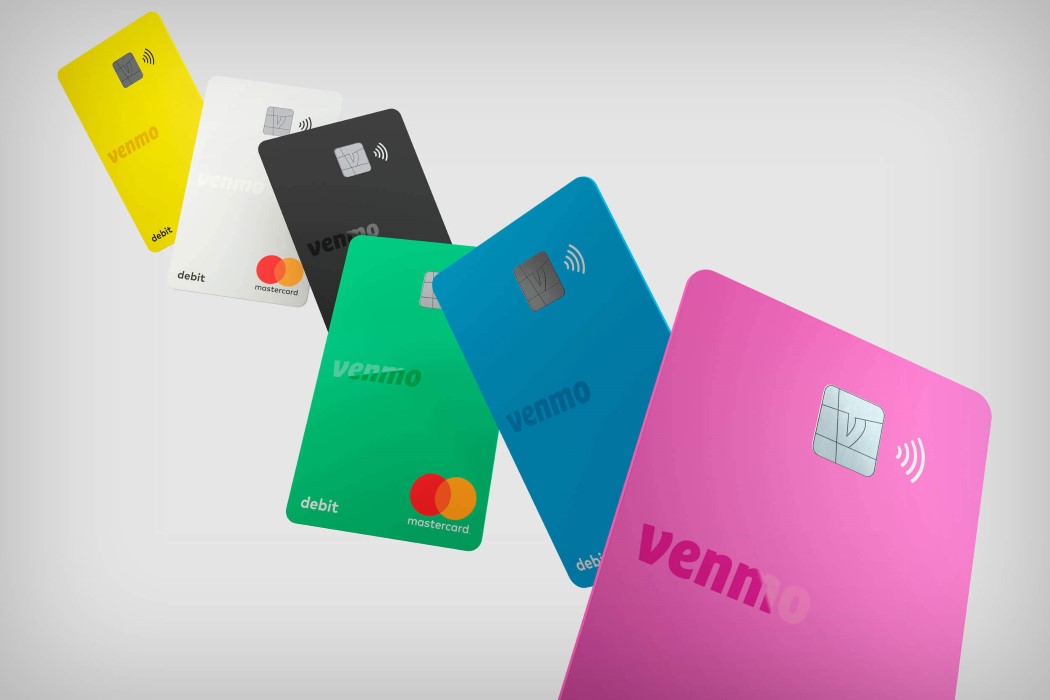
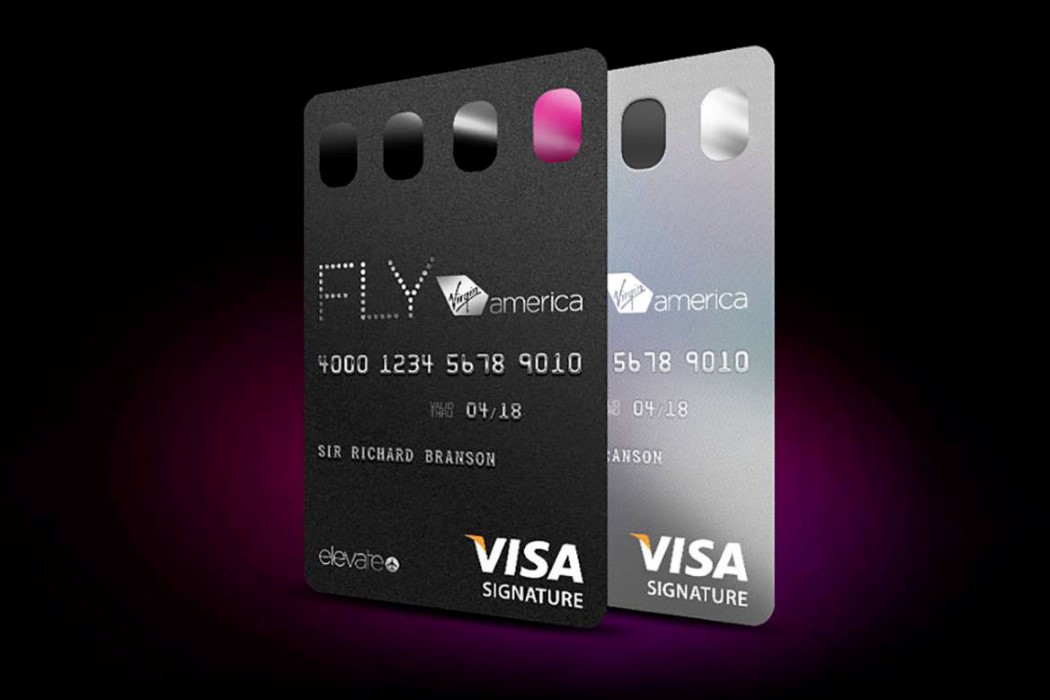
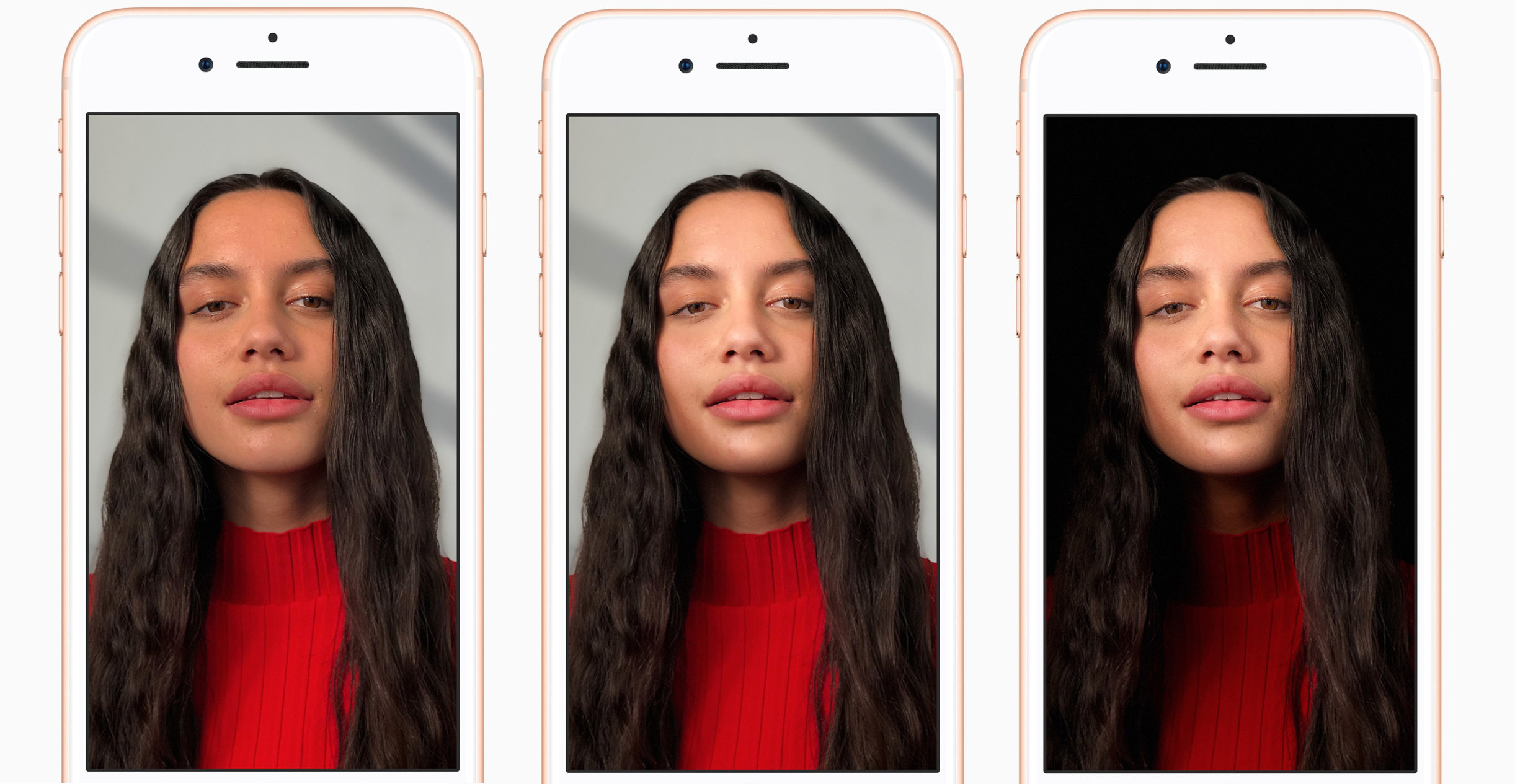 People already hate inane Snapchat-like AI photo filters, but a new trick called Portrait Lighting on Apple's iPhone 8 and X might cause even more dismay. Here's how Apple VP Phil Schiller describes it: "You compose a photo, the dual cameras and the...
People already hate inane Snapchat-like AI photo filters, but a new trick called Portrait Lighting on Apple's iPhone 8 and X might cause even more dismay. Here's how Apple VP Phil Schiller describes it: "You compose a photo, the dual cameras and the...
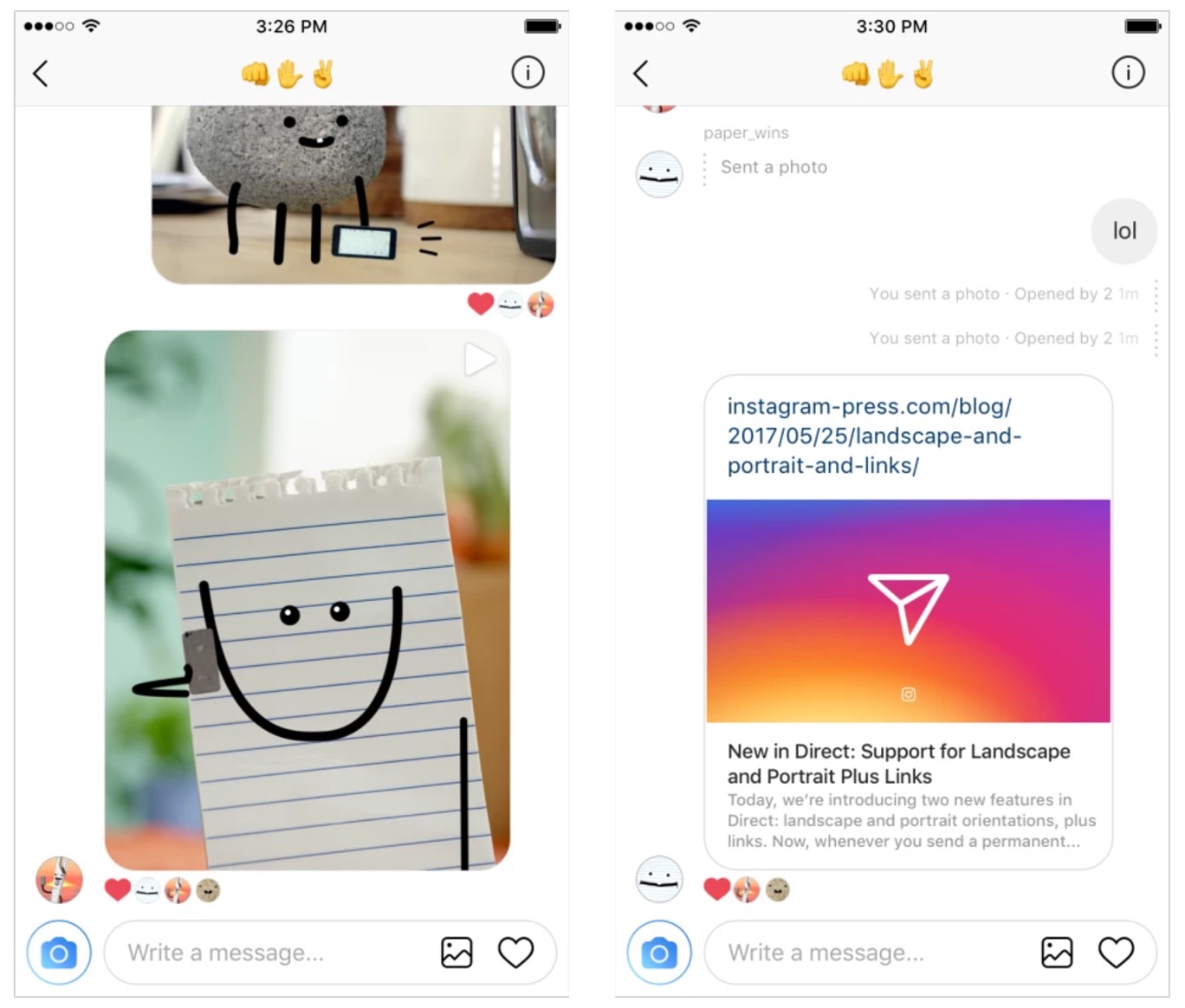 Instagram Direct debuted in 2013 as a way to send photos and videos, well, directly to your friends on the photo sharing service. The Facebook-owned company has added more features to the system over the intervening years, like threaded messaging, di...
Instagram Direct debuted in 2013 as a way to send photos and videos, well, directly to your friends on the photo sharing service. The Facebook-owned company has added more features to the system over the intervening years, like threaded messaging, di...